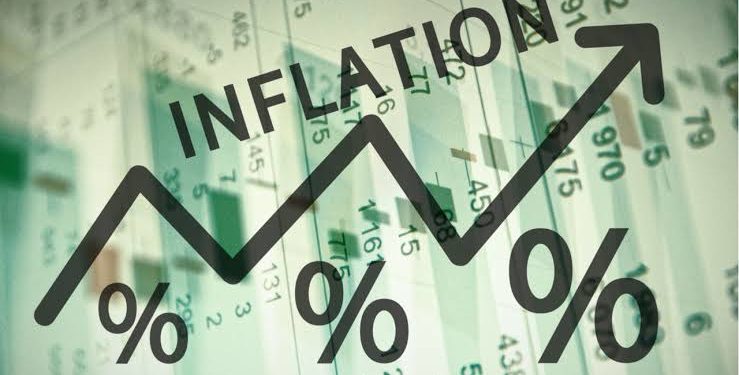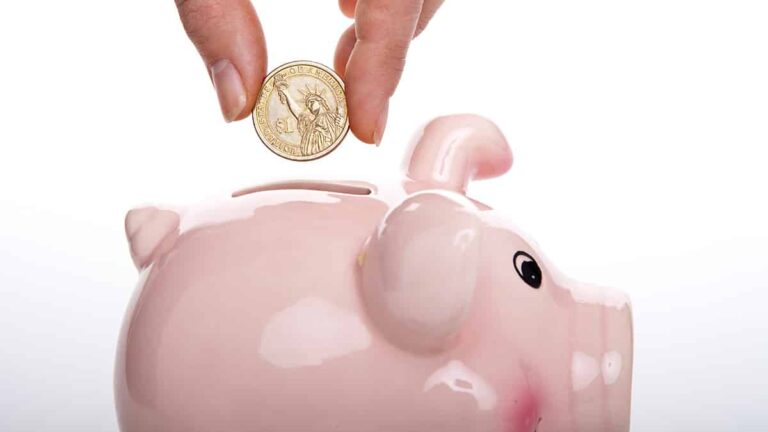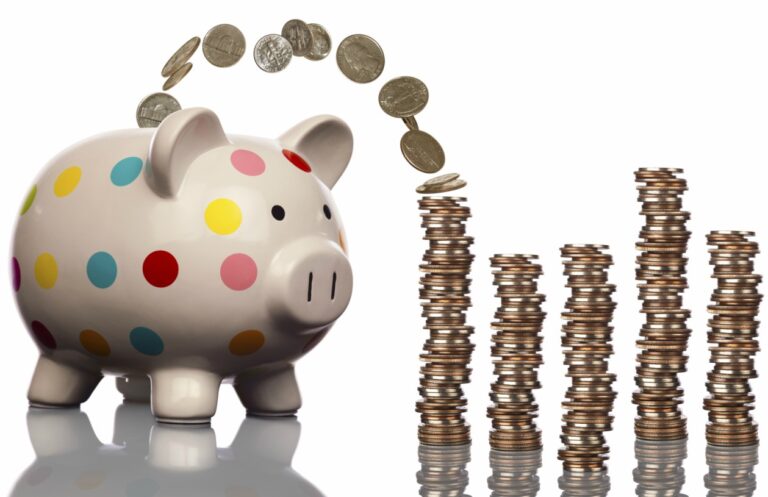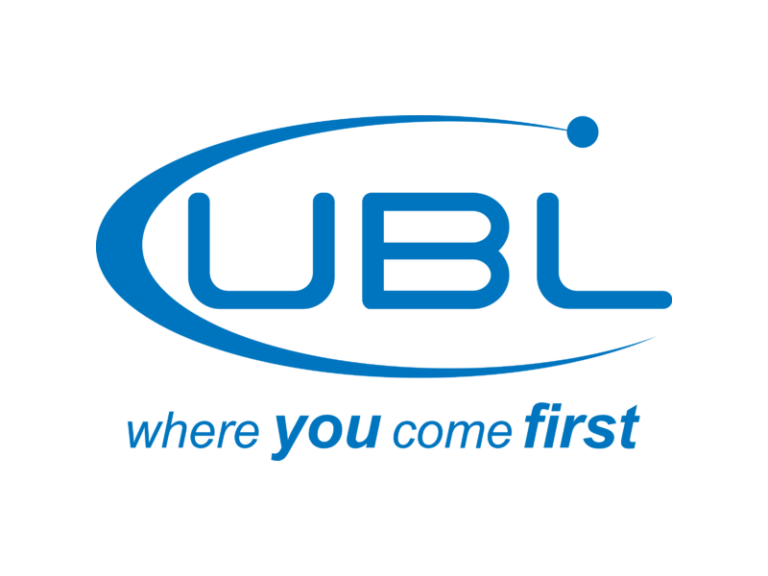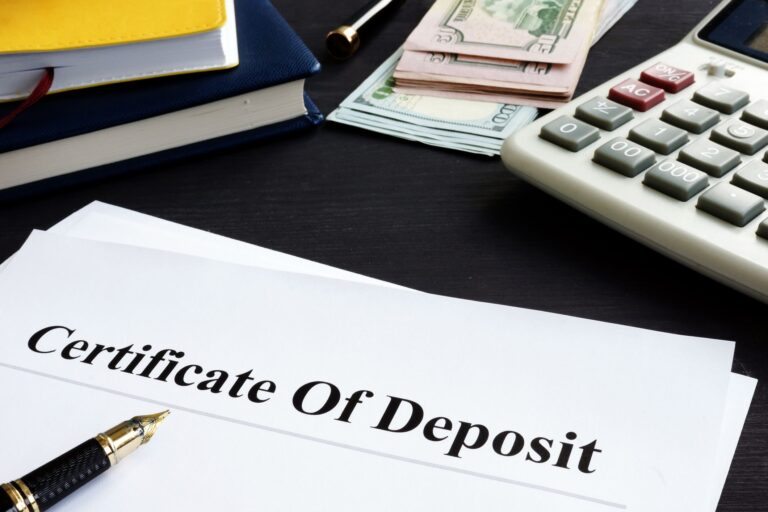How To Save More During High Inflation
Inflation is on the rise and silently killing your budget. According to the Labor Department, the Consumer Price Index (CPI) rose to its highest level since November 1981 in June, shattering hopes that high inflation was beginning to level off.
The CPI increased by 9.1% in the month, up from 8.6% in May, above the economists’ forecast of 8.8%. The CPI increased by 1.3 percent compared to May, which is above estimates for a 1.1 percent increase. Following the release of the inflation report, bonds’ rates increased, and stocks shook in June.
According to the Labor Department, core prices—which don’t include volatile food and energy prices—rose by 5.9% from a year earlier in June, slightly less than the 6.0 percent increase in May.
Lara Rhame, the senior U.S. economist for F.S. Investments, stated that inflation “makes everything tough.” Your savings, your income, and your earnings are all eroded. It is chastising everyone.
With inflation running rampant, what can you do to keep your money safe and still have purchasing power? There are measures to take — and things to avoid — that can help you navigate this era of high inflation for however long it stays. But before we get into that, let’s understand a little more about inflation.
Understanding your Inflation Rate
You must first understand your personal inflation rate to save money during high inflation. Your inflation rate is the rate at which your cost of living increases. This number can be different from the government’s CPI number.
The Bureau of Labor Statistics develops the Consumer Price Index for All Urban Consumers (CPI-U), a very inclusive indicator of inflation that approximates 93 percent of the country’s population. However, based on individual customers’ specific consumption baskets, measurements like the CPI-U frequently perform poorly in accurately capturing inflation for the “typical” consumer.
The CPI-U includes a comprehensive range of prices — over 200,000 data points in all — and it’s not always clear how much attention to give each individual price. After all, the cost of a new car has a much more significant impact on your budget than the cost of chewing gum, but the CPI-U treats both price changes equally.
You can create your inflation rate by tracking the prices of goods and services you purchase regularly. I suggest that you use the following equation to determine your own personal inflation rate
The personal inflation rate is equal to the cost of all personal expenses in the most recent year divided by the cost of all personal expenses in the previous year.
Understanding where inflation will affect you the least is critical, especially if those effects are only momentary.
How Can You Save During High Inflation?
There are a couple of things you can do to help preserve the purchasing power of your money:
Understand Shrinkflation
Shrinkflation is a strategy that businesses employed in the 1970s and is making a comeback. Product manufacturers will charge you the exact price while gradually “shrinking” the contents of the packages and goods you purchase. You will pay more as a result of this.
For example, there are now five fewer strawberries in the packet. There is unusually more air in the bag of chips than chips. To combat shrinkflation, one strategy is to stick with generic store brands since they are usually the last to shrink. In addition, pay attention to the unit cost of the items you purchase.
Typically, brands don’t reduce the size of all their products at once; the larger ones are usually reduced last. Whole foods may occasionally be less prone to shrinking than processed foods.
Risk More on Investments
Urban Adams, Investing Advisor with Dynamic Wealth Advisors in Phoenix, advises developing a long-term investment strategy to ensure the sustainability of your portfolio. Or, to put it another way, allocate a risk-appropriate portion of your portfolio to stocks. Long-term equities returns can act as a solid buffer against the inflation-related gradual loss of purchasing power.
Even in the absence of inflation, retirees frequently believe that their investments no longer require an immense growth (or “risk”) component. As a result, they end up with an asset allocation that is too conservative.
In Stamford, Connecticut, Lyle Himebaugh, a partner at GGA Retirement, says: “Unfortunately, there is not much one can do without taking on risk. “Investing in dividend-paying companies is one way to get income, and quality equities should outperform the inflation rate over the long term.”
Invest in Hard Assets
Hard assets are physical items that have value. These can be things like land, precious metals, and even collectibles. They can act as a hedge against inflation and may even increase in value as the cost of living increases. While the stock market can be volatile, the value of these assets is not as likely to change rapidly.
Of course, there are risks associated with investing in hard assets. They can be challenging to sell, and their value can be affected by factors such as floods, fires, and political unrest. You will also need to store these items safely. For these reasons, investing only a small portion of your portfolio in hard assets is essential.
Diversify Your Investments
Investing in several asset classes can help to protect your portfolio from the effects of inflation. This is because different asset classes often perform differently in other economic conditions. For example, when inflation is high, stocks and real estate may do well, while bonds and cash may not.
By diversifying your investments, you can help to ensure that your portfolio can withstand the effects of inflation. This can help keep your purchasing power and grow your wealth over time.
Keep Up With Your Savings
In an effort to stop inflation, the Federal Reserve may raise interest rates as many as six times this year.
Although interest rates on savings accounts may not instantly increase, banks will eventually feel compelled to do so.
If you start saving now, you’ll have more money available for compound interest as interest rates rise. If you already contribute toward your savings objectives, this could be an excellent time to evaluate them. Can you extend your savings objectives by a few months if rising prices leave you less money each month to spend?
Control Your Lifestyle
By carefully examining your bills, eliminating what you don’t need, and attempting to lower or negotiate the remaining amounts, you might be able to offset part of the increase in your spending. Review your budget and make changes to ensure that your spending aligns with your goals and values.
Simply pulling all of your bank account, credit card, and debit card bills is a smart beginning to start this budgeting process. Look for any recurring charges for subscriptions or services that you don’t require. Some common areas where you can cut costs are:
- Eating out
- Transportation
- Clothing
- Recurring subscriptions, e.g., WiFi, T.V. packages, magazines, etc.
- Gym memberships
- Entertainment
Reviewing your insurance plan could also unlock significant savings. You can get a lower rate by switching providers or increasing your deductible.
Even though going through your bills and eliminating everything unnecessary is a smart place to start, you’ll still need to purchase necessities like food, petrol, and housing, all of which are more expensive. A quick approach to becoming a better shopper is to plan your meals. Examine your schedule and plan for the nights you’ll be at home, and the days you will need to pack a lunch for work or school.
You can also use coupons, cashback credit cards, and cashback portals to save money. Using these cashback tools and applications on top of your credit card rewards is a no-brainer approach to earning some extra cash.
Increase Your Income
Workers need to learn specific negotiation techniques given the current high inflation rate. According to data on financial literacy, most people think in nominal rather than in real terms. And without a salary increase that keeps pace with inflation, one is losing purchasing power.
Real dollars represent the purchasing power of money after accounting for inflation, whereas nominal dollars represent the substantial amount of money spent or earned. Gather your guts and ask for the raise in light of the current labor market, which is working in workers’ favor this time. You require it.
- Some standard negotiation techniques are:
- Asking for a salary raise
- Asking for a promotion or back-end raise
- Requesting extra hours
- Seeking a better benefits package
- Picking up a side hustle
Outside of your employment, you can potentially earn extra money. You can choose to sell your unwanted items on Craigslist, Facebook Marketplace, or eBay.
You can go one step further and consider how you could rent your goods or unused space and get consistent cash flowing in. If you have an extra room, Airbnb is a great way to do this, but other options like renting out your driveway or storage space exist.
Many different side jobs have flexible hours, and you can also do some from home. You may work outside your 9 to 5 job doing pet sitting, online tutoring, or driving for a rideshare company.
There are ways to get extra money to pay for more pressing expenses, even though there aren’t always quick or straightforward solutions to boost your revenue permanently.
Conclusion
Remember that every financial journey is a marathon, not a sprint; now is your time to pick up the pace. Take small but deliberate steps to ensure that you are covering all of your bases.
